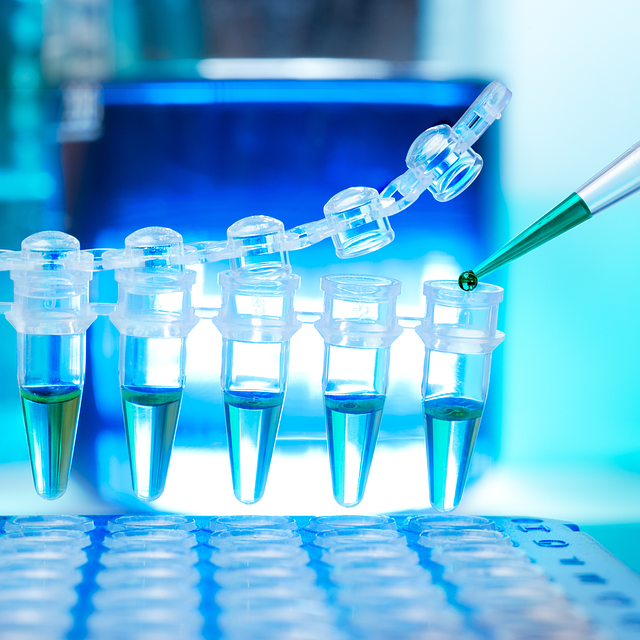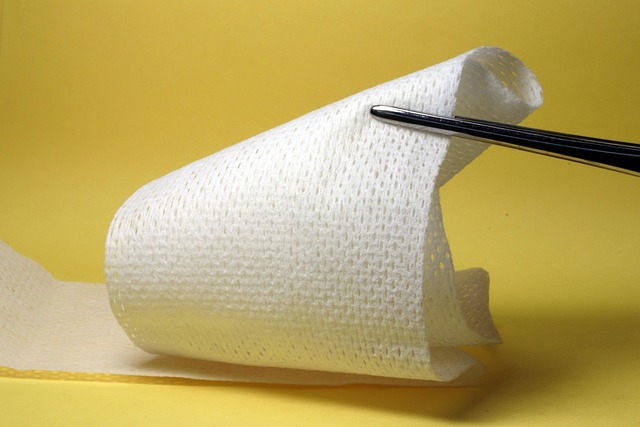Master CoolSculpting Sessions: Optimal Treatment Plans Unveiled

CoolSculpting treats targeted fat cells through a non-invasive procedure, with session duration vary…….
In the realm of aesthetics and non-invasive body contouring, CoolSculpting has emerged as a revolutionary procedure, offering individuals a way to achieve their desired figure without surgery. The concept behind “How Many CoolSculpting Sessions” is straightforward yet powerful—determining the optimal number of treatments to achieve optimal results. This article delves into the intricate details of this process, exploring its impact, global reach, economic implications, technological innovations, regulatory framework, challenges, and future prospects. By the end, readers will gain a comprehensive understanding of why the number of CoolSculpting sessions matters and how it shapes the beauty industry.
“How Many CoolSculpting Sessions” refers to the strategic planning and execution of CoolSculpting treatments, a non-invasive fat reduction technology that uses controlled cooling to freeze and eliminate fat cells. The procedure involves placing a device on specific areas of the body, such as love handles, belly, or thighs, where localized fat accumulation is a concern. The core components include:
The concept of fat reduction through cryolipolysis (the scientific term for cooling fat cells) has evolved over decades. Early methods involved using extreme cold to freeze and damage fat cells, but these approaches lacked precision and could lead to unwanted side effects. CoolSculpting, introduced in the late 2000s, revolutionized the field by offering a more controlled and targeted approach.
The significance of determining “How Many Sessions” lies in achieving optimal results while minimizing risks and costs. Early protocols suggested one session per area, but advancements in technology and a deeper understanding of fat cell biology have led to more sophisticated treatment plans. Today, providers can tailor the number of sessions based on patient goals, body composition, and areas of concern.
CoolSculpting’s popularity has transcended geographical boundaries, with a significant global presence. According to industry reports, the global non-invasive body contouring market, which includes CoolSculpting, is projected to reach USD 15.4 billion by 2027, growing at a CAGR of 8.2% from 2020 to 2027. This growth is driven partly by the increasing demand for non-surgical aesthetic procedures worldwide.
The economic landscape of CoolSculpting is dynamic and influenced by various factors:
CoolSculpting contributes to the economy in several ways:
Technological advancements have played a pivotal role in shaping “How Many CoolSculpting Sessions”:
The future holds immense potential for technological innovations:
The decision on “How Many Sessions” is a multifaceted process:
To optimize results, a collaborative approach between patients and providers is essential:
CoolSculpting is generally considered safe when performed by qualified healthcare professionals following established protocols:
While generally well-tolerated, CoolSculpting may cause temporary side effects:
“How Many CoolSculpting Sessions?” is a nuanced question that requires a comprehensive understanding of technology, patient needs, and clinical expertise. As technology advances and our knowledge of fat cell biology deepens, treatment protocols will continue to evolve, offering more efficient and effective body contouring solutions. The global demand for non-invasive aesthetic procedures ensures that CoolSculpting remains a prominent player in the medical aesthetics industry.

CoolSculpting treats targeted fat cells through a non-invasive procedure, with session duration vary…….

CoolSculpting sessions last 35 minutes, targeting fat cells with cooling. One to four sessions are r…….

CoolSculpting Treatment Plans offer flexible pricing based on treated areas and size, with options c…….

CoolSculpting Treatment Plans offer non-invasive fat reduction by freezing targeted areas with a coo…….

CoolSculpting offers a non-invasive fat reduction solution through cryolipolysis, with personalized…….

CoolSculpting offers non-invasive fat reduction through controlled cooling technology, eliminating s…….

CoolSculpting Treatment Plans are personalized non-surgical fat reduction programs that target speci…….

CoolSculpting is a non-invasive fat reduction method using cryolipolysis technology to target and el…….

Stubborn fat, resistant to traditional weight loss methods, can be targeted effectively with CoolScu…….

CoolSculpting Treatment Plans utilize multiple, precise 30-60 minute sessions of cooling technology…….